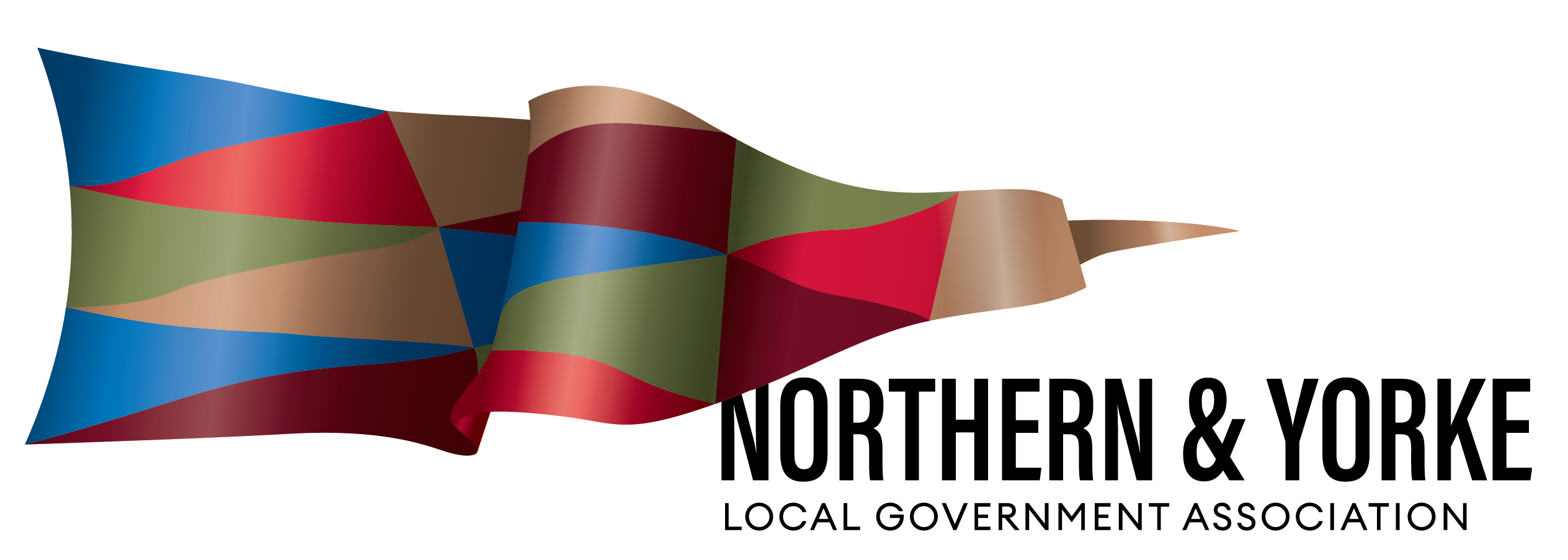Planning & Preparing for disasters
In terms of practical assistance and emotional support, your community is your most important asset.
When a disaster hits, the first people on the scene are likely to be your neighbours and others from your community. Emergency services can’t be everywhere and even if they do arrive, their priority is saving lives and property. We need to be ready to look after ourselves.
Established communities know how to swing into gear, but even long-standing communities have new residents who don’t know how things work, or fewer people to help, or have been lucky enough to escape disaster for a long time.
“I moved here during COVID and have made a few friends, but in an emergency? I’d have no idea, ring 000 I guess and hope for the best.”
One of the aims of this Toolkit is to help communities take a fresh look at their residents, resources and emergency services so that they’re not relying on old habits that might not work.
Disaster resilient communities:
- Function well under stress
- Can adapt quickly and successfully
- Are self-reliant
- Have strong social bonds and can work together to self-organise
A couple of hours of planning can make all the difference
- Who to invite to a planning session (it’s great if council and CFS, SES and other emergency services are involved)
- Being realistic about what you can achieve – quick wins are better than no wins.
- How will you prioritise the actions?
Great results from minimal effort is the go! - How will your group check that things are getting done?
- How will you keep the rest of the community informed?
Use scenarios to explore different ideas and reduce distress for people who have experienced disasters.
Planning resources for entire community
Resources for Individuals & Households
- 26 Weeks To Prepare
- Moving to the country: what do you need to know
- Resilient communities resource
- Recovery, readiness, resilience website
- RediPlan
- Resources to help prepare for a disaster
- Preparing for bushfire season
- Prepare for a flood
- Prepare for a flood - video content
- Farm Fire Units Handbook
- Bushfire Traveller Safety
- What to put in a home emergency kit
- Dangerous Weather Emergency Plan
- Managing Animals in Emergencies
- Mental health training for individuals and communities - Lifeline
- Mental health training for individuals and communities - Mental Health First Aid
- Mental health training for individuals and communities - Red Cross Psychological First Aid
- Leading people for performance and profit
Resources for Businesses
- Resilient Ready projects - Upper Spencer Gulf
- Resilient Ready projects - Kangaroo Island
- Business Continuity Planning
- Business Continuity Planning Template
- CPA Disaster Recovery Toolkit
- ACOSS Disaster Planning Template
- Planning and Preparing for Community-Led Disaster Recovery: A Guide for Local Organisations
Resources for Communities
- How To Run A Community Disaster Planning Workshop #1
- How To Run A Community Disaster Planning Workshop #2
- How To Run A Community Disaster Planning Workshop #3
- Mintaro Disaster Planning Workshop Case Study
- Using data to identify ‘at risk’ communities
- Preparing Your Community for Disasters and Emergencies
- Person Centred Emergency Preparedness
- Animal Safety in Emergencies
- How to prepare for an emergency event where you may lose connectivity
Resources for Educators
Resources for Grants
- KPPM’S Big Grants Kit
- Ecological Threat Register 2020
- Grants SA
- We are SA - Grants on Offer in SA
- SA Fire & Emergency Services Commission
- Wellbeing SA
- Small & Family Business
- Transport & Infrasctructure
- Department of the Premier & Cabinet
- Office for Recreation, Sport & Racing
- Department for Environment and Water
- Department of Primary Industries and Regions
- SA Health Grants for Seniors
- Department of Treasury and Finance
- Australian Government Grant Connect
- Australian Government Community Grants Hub
- Australian Government Small Business Industry Support grants
- Local Government Association of SA grants
- SA Power Networks Community grants
- Future Drought Fund’s Helping Regional Communities Prepare for Drought Initiative Small Network Grants
